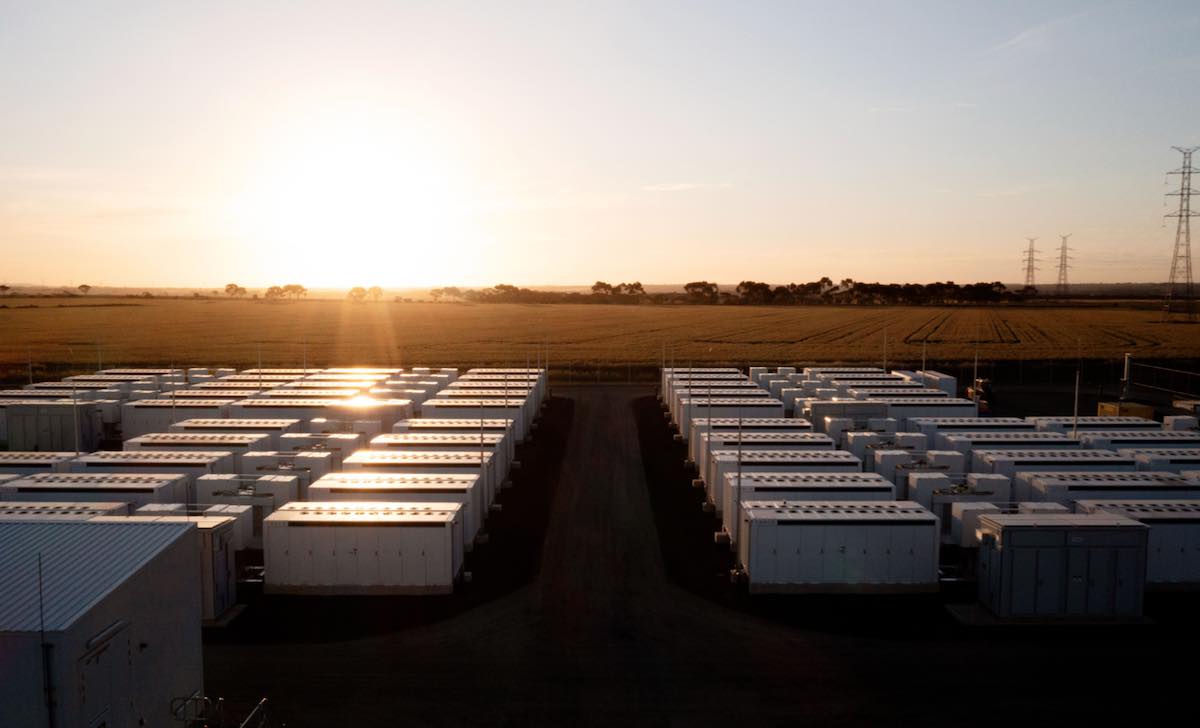The Clean Energy Council has joined the growing chorus calling for an energy storage target rather than the so-called capacity mechanism that nearly every one in the industry says is a bad idea.
In a statement issued overnight, CEC chief executive Kane Thornton says the capacity mechanism, regarded by most as one of the worst proposals of the Coalition government, yet embraced by the new Labor government, is not necessary.
“Government needs to be looking at ways to bring more clean, low-cost renewable energy into homes and to power industry without paying unreliable and expensive coal and gas to stay open, which ultimately results in more expensive electricity bills,” Thornton said.
“Clean energy and storage can meet our energy and capacity needs and the technology is here now.
“A storage target can accelerate the deployment of batteries, pumped hydro and other means of storing energy when it’s needed. A target worked for renewable energy in its formative years and can do the same for storage.
The push for a storage target is gaining momentum, mainly because it is unequivocally focused on clean technologies that can support the growth of wind and solar.
The capacity mechanism has been widely criticised as being overly complex, unwieldy and ultimately pointless, given that the latest proposal from the Energy Security Board suggests that states can opt in or out of various technologies.
Almost everyone in the industry is agreed that storage and dispatchable capacity needs to be encouraged by mechanisms that focus on flexible technologies, but that is impossible with any mechanism that proposes to include coal and gas.
The supporters of the capacity mechanism are few, but powerful and influential. The push is driven by the head of the Australian Energy Regulator, Clare Savage, with the support of several key coal generators – EnergyAustralia, Alinta Energy, Delta Energy and Engie.
The state and territory ministers appear ambivalent, but the new federal energy and climate minister Chris Bowen appears to be supporting the push.
In its statement, the CEC proposed four solutions that could accelerate the transition to renewable energy and energy storage, and replace fossil fuel generation which has cause the recent spike in prices and is proving increasingly unreliable.
These included:
- Power more households with clean, low-cost renewable energy
- Modernise the electricity grid
- Introduce an energy storage target
- Drop the proposed capacity mechanism in favour of more clean energy
“Australian households and businesses have just borne the brunt of an energy system built around the failing dirty technologies of the past – unreliable coal and expensive gas,” Thornton said.
“Everyone deserves access to affordable power. The bills of millions of low-income Australians and those living in government housing or renting could be reduced with targeted support to provide solar and batteries to those who need it most.”
Thornton also expressed support for the Albanese government’s $20 billion Rewiring the Nation initiative, which will underwrite much-needed investment in transmission.
The transmission needs will be further underlined in the final version of the 2022 Integrated System Plan, the 20-year blueprint from the Australian Energy Market Operator that outlines the transition to around 80 per cent renewables.
It is thought that the ISP will be largely the same as the draft version released in December, although it has had a few other factors to consider, such as the Victoria government’s big push into offshore wind, the status of Snowy 2.0, and the prioritisation of various new transmission lines.
The ISP is due to be released this Thursday.










